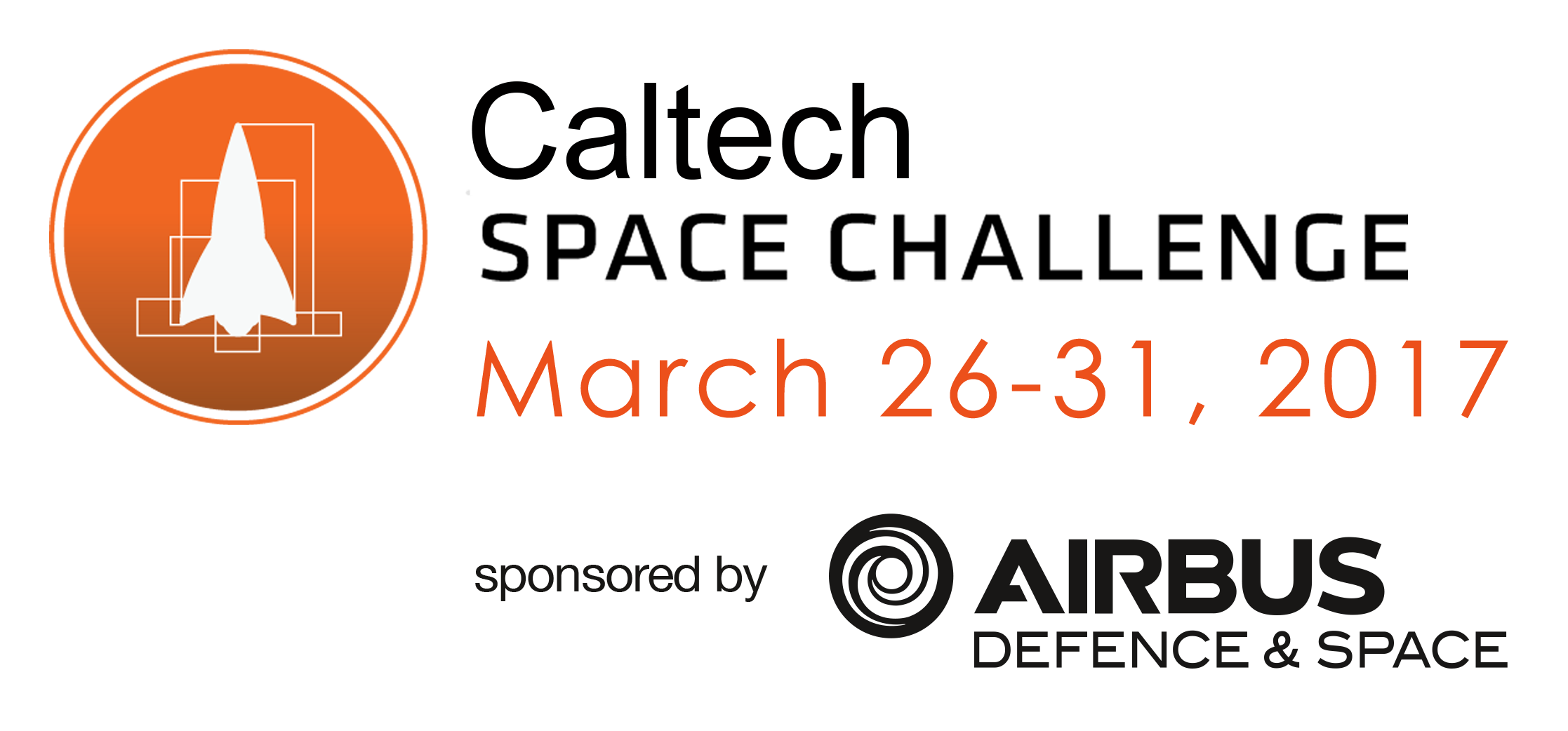
Humans have lived in space and walked on the Moon. Now, humans landing on Mars is an imminent reality. The challenge of sending humans to Mars and beyond has many components, one of which is the mass of fuel required to launch, travel, and safely land on another celestial body. In particular, the most expensive part of space travel is leaving Earth’s atmosphere and gravitational pull. The mass of fuel required to leave Earth significantly limits the mass available for fuel and the payload to travel and land elsewhere.
But what if we could refuel in space?
Lunarport will be a launch and supply station for deep space missions. Lunar in-situ resource utilization will allow larger (more massive) payloads to be launched from Earth, bringing deep-space a little closer for human exploration. Landing humans on Mars, Europa, or even an asteroid will be in the near future with Lunarport.

The Caltech Space Challenge started in 2011 by Caltech graduate students Prakhar Mehrotra and Jonathan Mihaly, hosted by the Keck Institute for Space Studies (KISS) and the Graduate Aerospace Laboratories of Caltech (GALCIT). Participants of the 2011 challenge designed a crewed mission to a Near-Earth Object (NEO). The second edition of the Caltech Space Challenge, held in 2013, dealt with developing a crewed mission to a Martian moon. In 2015, the third Caltech Space Challenge was held, during which participants were challenged to design a mission that would land humans on an asteroid brought into Lunar orbit, extract the asteroid’s resources and demonstrate their use.
32 participants are selected from a large pool of applicants and invited to Caltech during Caltech's Spring break. They are divided into two teams of 16 and given the mission statement during the first day of the competition. They have 5 days to design the best mission plan, which they present on the final day to a jury of industry experts. Jurors then select the winning team.
Lectures from engineers and scientists of prestigious space companies and agencies (Airbus, SpaceX, JPL, NASA, etc.) are given to the students to help them solve the different issues of the proposed mission.
 |
 |
 |
 |
 |
 |
 |
 |
 |
 |
 |
|
 |
 |
 |
